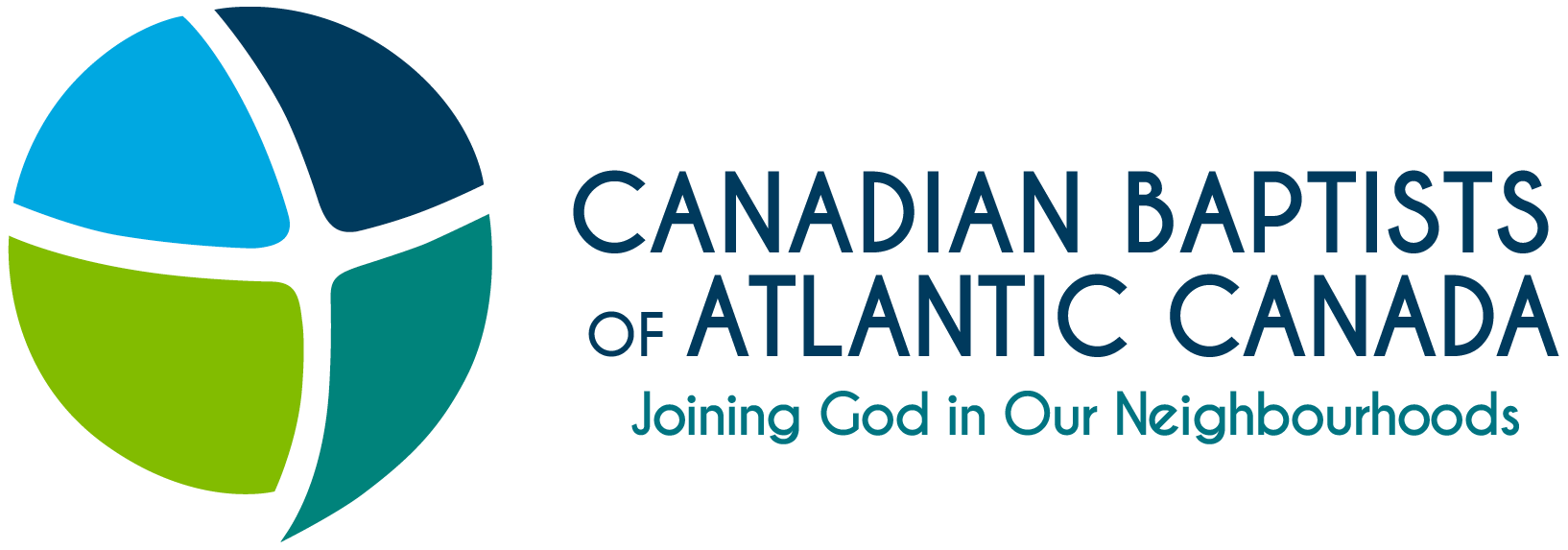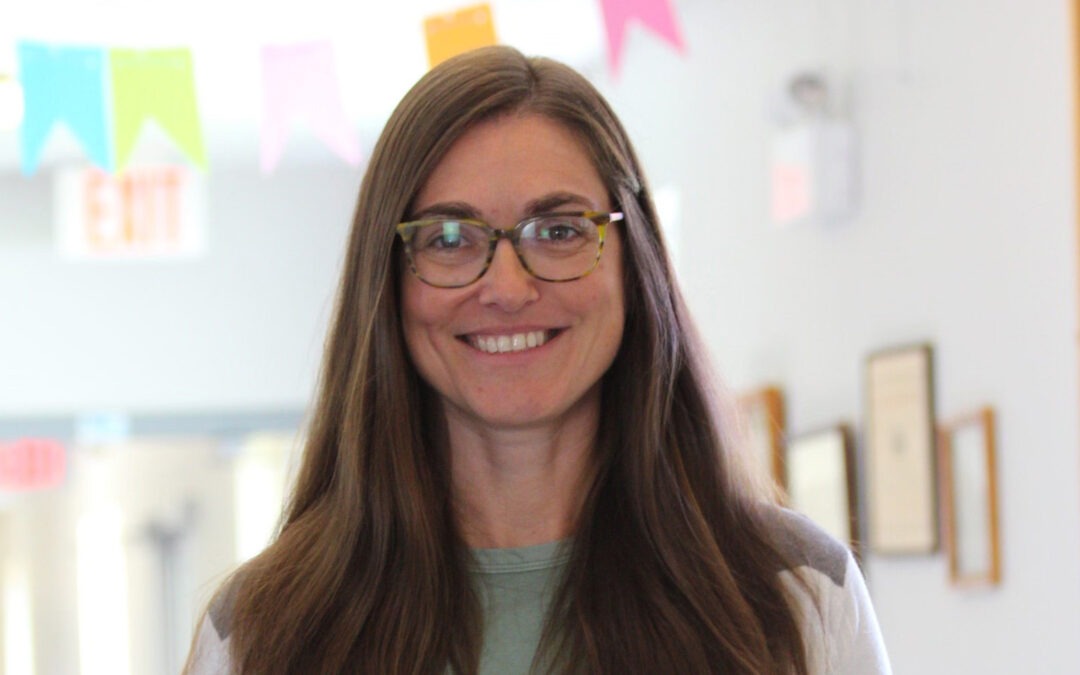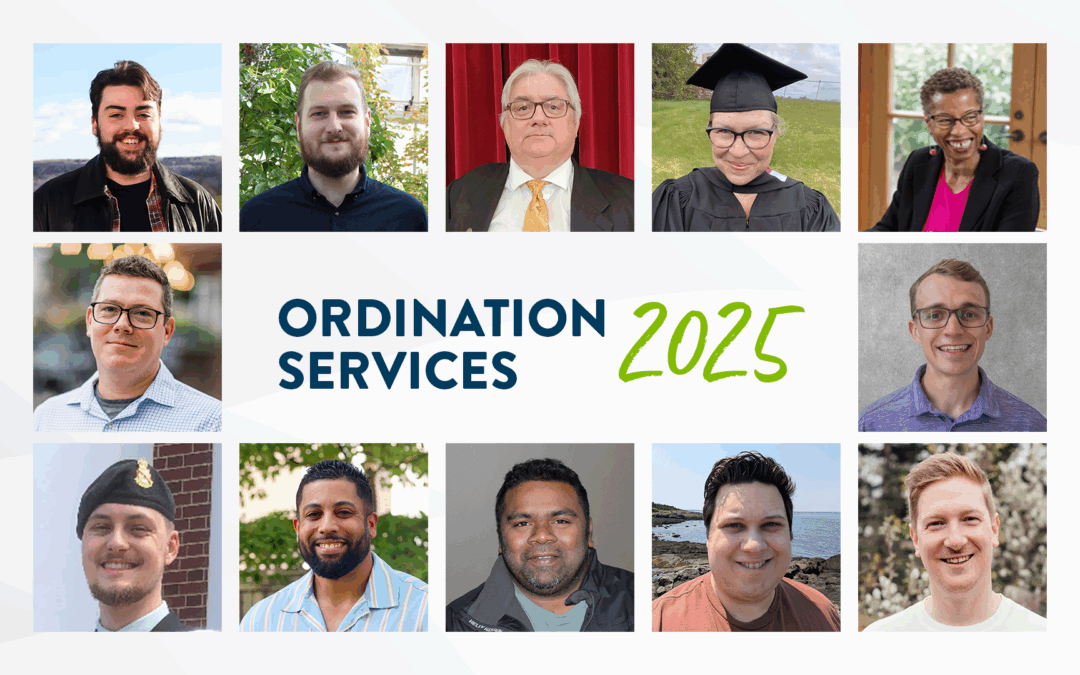 These days, privacy and permission surround our digital footprint in ways we may not even realize. We’ve become very concerned with protecting our privacy and the privacy of those around us. We give organizations permission to access certain information about us in exchange for use of their services.
These days, privacy and permission surround our digital footprint in ways we may not even realize. We’ve become very concerned with protecting our privacy and the privacy of those around us. We give organizations permission to access certain information about us in exchange for use of their services.
Every website you engage with has (or should have) these documents: Terms of Use (outlines how we must act when we’re using their website), and Privacy Policy (what the organization does with the information we provide). Software we download; services we sign up for – it’s everywhere.
Speaking about permission, are you sure that you have permission to use the media posted on your church’s website? Photos, video, music? If you sourced the content online, did you obtain a license for it? Was it from a free site or something you paid for? Is it covered under a Creative Commons license? You want to be sure that you have the right to use it. There could be legal and financial consequences.
Recently one of our churches was contacted by a company in Toronto claiming that the church was in violation of copyright laws. Specifically, they claimed that the church was using an image on their website which they had no license or permission to use. The company said they were acting on behalf of the owner of the image and were asking for $1000 +HST in compensation or legal action would be taken. A subsequent email was sent to the church with a reduced offer of $400 +HST. (Note: This has yet to be settled so we won’t reveal the name of the company or the name of the church).
Current technology allows software (bots and trolls) to mine the internet and entire websites for images that contain other copyrighted information. Digital material may contain embedded information called metadata. The creator of the digital media can add all sorts of identifying information in the metadata (such as date created, author, geographical info, equipment used, title, keywords, etc.). It was through use of troll software that the company found the image which was buried deep in the website on a post from five years ago.
We may not be happy that the company chose to go after a church, but we’ll take this as an opportunity to remind each other about some best practices around media creation and use. More specifically, to ensure that you have the proper licenses to use the images and other media (videos, audio, etc.) that you use in your creations or website. If anything is in question, take it down immediately! Don’t wait for a registered letter to arrive demanding payment.
Here are some best practices to follow when considering to post different types of media:
- Use your own content. Where possible, use media that you or someone from your church has created. You may need to get written permission from the creator of the content. If the content contains people from your church or community, you should get signed written permission from the people.
- Know where your media came from. Be aware of where you gather your content. The onus is on you.
- Google Images are not free! Just because you found it on Google doesn’t make it free. Someone else owns them and you’ll need permission to use them. A best practive is to use Google Images only for inspiration about the types of images you’re thinking about.
- Watermark. A watermark is like a branding mark placed on image to identify who owns it. If you see a watermark on an image (like this: http://www.photographybb.com/versatile/wp-content/uploads/2010/08/watermark1.jpg), please don’t use it!
- Know the law. Know what the Canadian law says about copyright and what your responsibility is.
- Canadian Copyright Law – http://laws-lois.justice.gc.ca/eng/acts/c-42/
- 8 Facts About Canadian Copyright Law – http://www.copyrightlaws.com/canadian/8-facts-about-canadian-copyright-law/
- Fair Dealing Provision. (aka “fair use” in the US) For the specific purposes of: research, private study, education, parody, satire, criticism, review and news reporting; and if your use is fair. It’s up to you to prove this if questioned. http://laws-lois.justice.gc.ca/eng/acts/C-42/page-9.html?txthl=dealing+fair#h-26
- Creative Commons. A US based non-profit organization devoted to expanding the range of creative works available for others to build upon legally and to share. There are various licenses to choose from. Know which license is attached to the content you want to use (https://creativecommons.org/licenses)
- Archive.org – https://archive.org archives the history of the internet. To date it has archived 286 billion pages on the internet. It takes snapshots of every website back in time. If your website had images that infringed on copyright, they may still be visible here and could be used against you. To remove specific archived pages, contact them here: [email protected]
- For fun, check out what the CBAC website looked like in 1999 – https://web.archive.org/web/*/baptist-atlantic.ca. We’ve come a long way!
- Free or subscription based content. Below is a short list of some of the free and paid services we use to source our media when not using our own.
- General – http://makerbook.net
- Images:
- Free:
- Paid:
- Video:
- Free:
- Paid:
- Sounds/Music:
You may have more best practices or links to add more to this list. For this and any concerns or questions you may have, please email us at [email protected].




